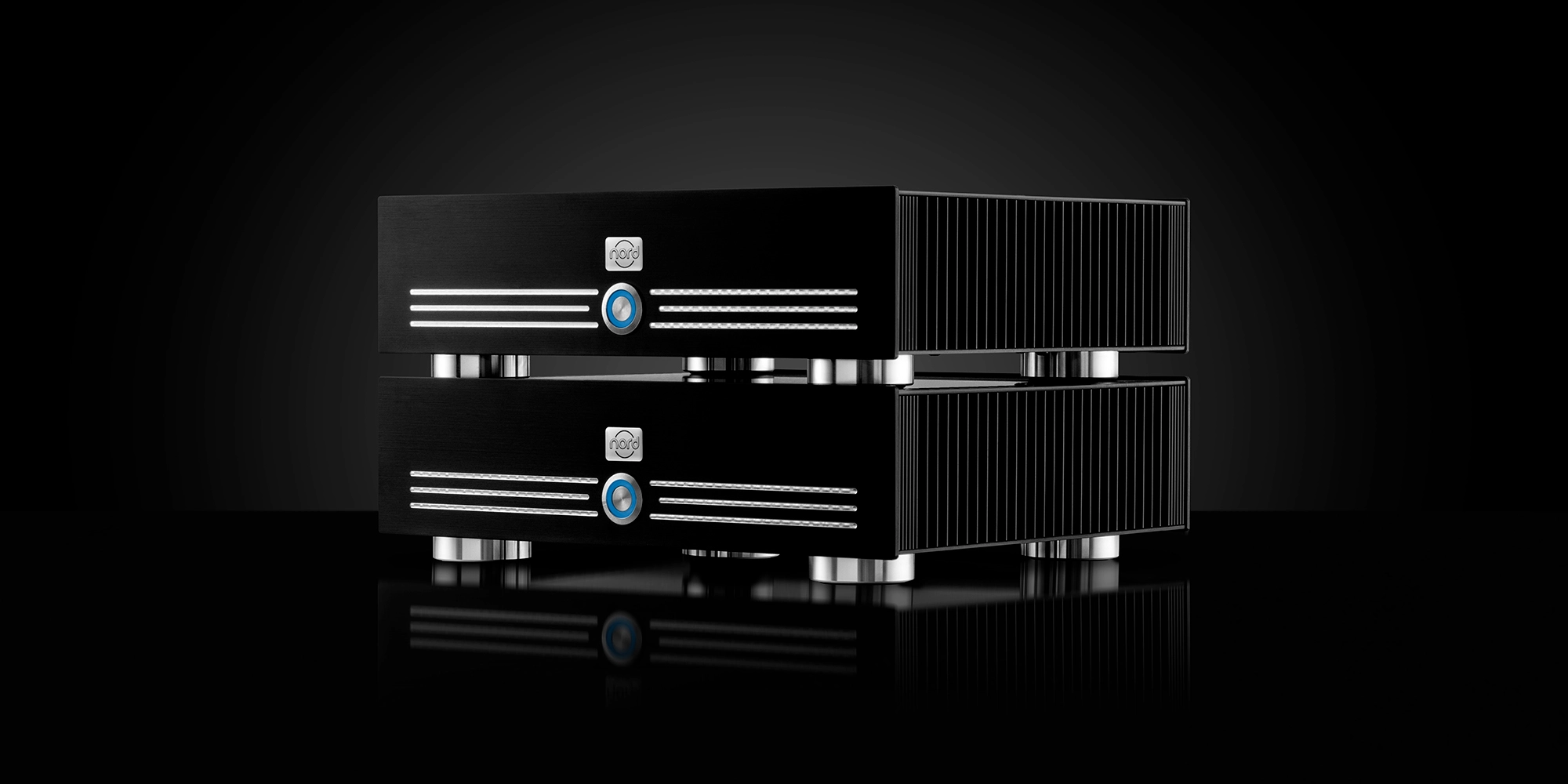Hypex, Purifi, IcePower. Those are the brands that produces these OEM Class D modules.
The manufacturers that uses them that I am personally looking into are Nord Acoustic and Apollon because, they actually prioritize good looks, which is VERY important to me.
You may have some other manufacturers who sees me not recommending their products and will take exception and comment (one particular manufacturer is annoyingly vocal in doing so), don't mind them. I started a thread, which you can search for where I was attempting to start a list of all known Hypex, Purifi and IcePower class D manufacturers. But the thread got shut down because one of the manufacturers that I don't know about and did not list originally threw a pissy fit.
Nord Acoustics supply Hypex Amplifier NCore NC500, NCx500, NC1200, Purifi Amplifier 1ET400A, 1ET7040SA. Hand built using discrete op amps and voltage regulators, Worldwide delivery.

nordacoustics.co.uk
Hypex NCore & Purifi Class-D mono, stereo & multichannel Amplifiers hand-built with Highest Precision and Care. High-end sound with Efficiency and Great Detail.

apollonaudio.com



